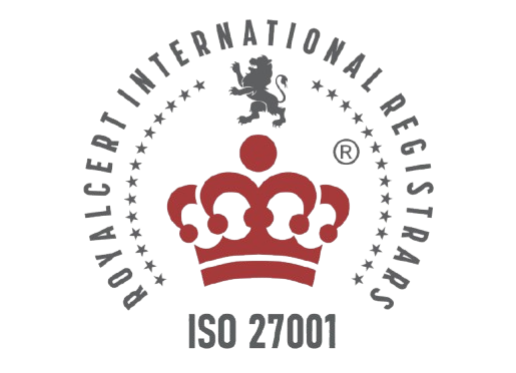The key to successful cloud adoption
- Aktios

- Oct 2, 2024
- 3 min read
Organisations that are embarking on a cloud adoption process are actually embarking on a process of transformation and change, both in technology and in the consumption model. Making this process successful requires a deep understanding of cloud technologies, a skilled team and the use of ready-made environments.
The main motivation for many organisations and IT departments to move towards this adoption is to achieve satisfactory technical and business agility, while impacting business development.
Not only is this motivation required, but detailed planning and an in-depth study of business needs, legacy technology dependencies, as well as a meticulous study of the impact of this transformation is necessary.
To help us in this context, we find the key practice Cloud Center of Excellence, (CCoE). The CCoE is an organisational framework that relies on a multidisciplinary team of experts to ensure that organisations and IT departments maximise the benefits of cloud adoption, which is proposed by different cloud providers, enabling them to balance speed and stability to achieve IT and business objectives.
How is this cross-functional equipment achieved?
Embedding the CCoE model requires collaboration and resources in the form of a diverse multidisciplinary team, which takes the lead in helping to implement different cloud solutions.
The members involved in this team should be based on responsible people within IT and Cloud Solution Architects, but should also involve business leaders, achieving harmony between technology and the strategic vision of business goals and motivations.
We will achieve the greatest potential of the team when the business objectives are properly aligned with the operating model.
What are the functions of the CCoE?
We have already seen that the main mission of the CCoE team is to work together and collaboratively in all areas. But specifically we can detail some functions to highlight:
Architecture of solutions for cloud adoption: Choosing the most appropriate technologies according to the company's context and strategic lines.
Cloud development strategy: Defining the plan, budget and strategy.
IT governance in cloud environments: Monitoring, control and security.
Cloud environment platform: Provisioning cloud resources in a homogeneous and structured way.
Cloud automation: Develop templates and automation for operations.
The CCoE team will always monitor and update the entire project lifecycle, contributing to the changes and improvements required as cloud adoption matures in the organisation. It may also enable in this process the adoption of new technologies or discourage the adoption of others.
The two main advantages you will gain are
The first advantage is that the successful implementation of CCoE contributes directly to the reduction of time-to-market by accelerating innovation and cloud migration efforts.
Another advantage is the increased stability, performance and security of environments and solutions deployed in the cloud, providing quality and a satisfactory business experience.
In short, CCoE impacts proportionally on improving quality and agility, especially for companies considering large-scale cloud migration or those using the cloud as a driver of innovation.
From traditional equipment to the self-service unit
The consumption model proposed by the cloud represents a paradigm shift for the traditional IT team away from viewing IT as an operational unit between business and IT resources.
The CCoE works to provide a series of automations, controls and an approved catalogue of solutions in the cloud. This self-service technology strategy allows the different teams to make their own decisions and be more agile, as long as they follow the established technology guidelines and controls, thanks to the fundamental role of the CCoE.
Where to start?
Initiating the transformation journey to the cloud becomes a complex IT process, which must be approached from all business perspectives and must also meet pre-agreed objectives, budgets and timelines.
Our recommendation is to encourage the adoption of the practices proposed by the CCoE, helping to involve all the necessary actors in this process, working together and facilitating success. This is why many organisations are already starting this process with the training of their IT teams.
If you still have doubts about the CCoE model, what steps to take or where to start, our next recommendation is to surround yourself with professionals who are experts in the transformation and learn from other adoption experiences. At Aktios we can support you whenever you need it.





_edited_edited.png)
